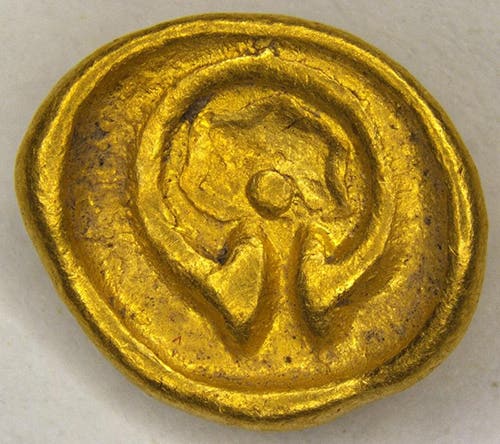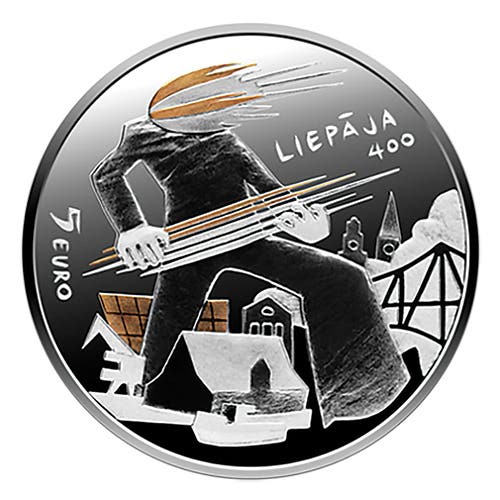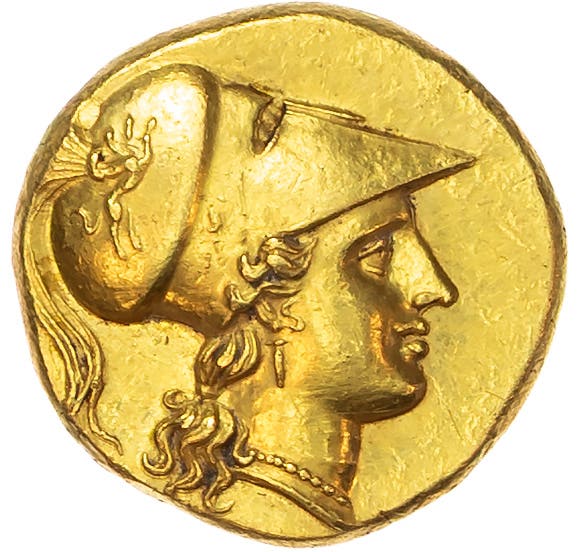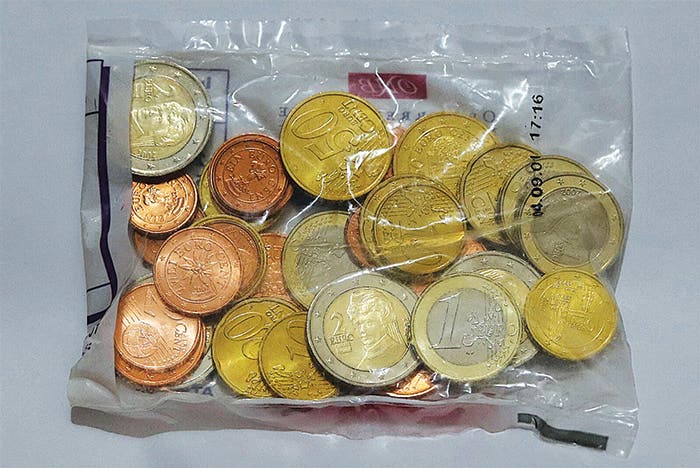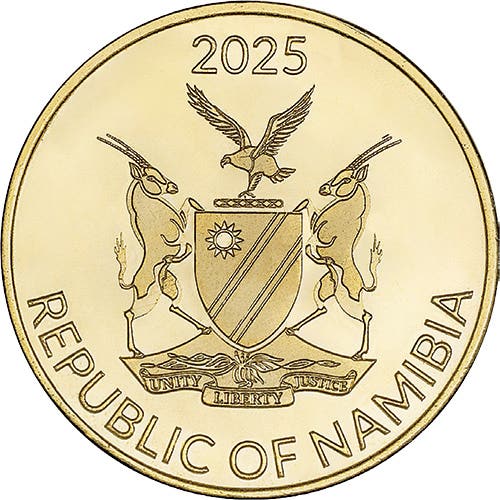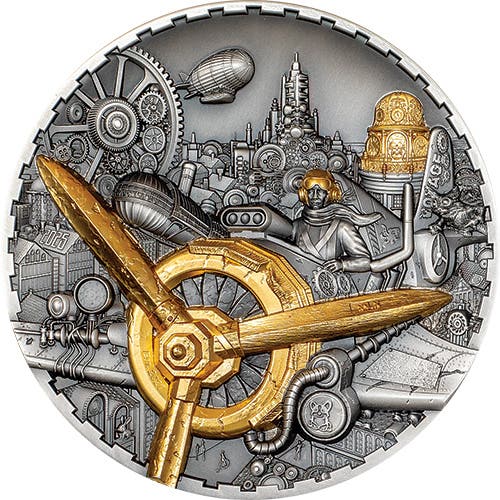New Currency Union Possible
The world has its newest and largest trading block. Along with this new trading block comes the possibility the 15 countries involved may consider using a common currency. On November…
The world has its newest and largest trading block. Along with this new trading block comes the possibility the 15 countries involved may consider using a common currency.
On November 15 Australia, China, Japan, New Zealand, and South Korea joined the 10 Association of Southeastern Asian Nations or ASEAN members to form the Regional Comprehensive Economic Partnership. The ASEAN members are Brunei, Cambodia, Indonesia, Laos, Malaysia, Myanmar, the Philippines, Singapore, Thailand, and Vietnam. Each of these 15 countries has its own independent currency—for now.
The trading block already enjoyed low tariffs. These tariffs will become even lower through the RCEP. The United States pulled out of an 11-nation trans-Pacific trade deal involving most of these countries about three years ago. India can join the RCEP if it meets market opening requirements, however the United States has not been invited. The biggest beneficiaries of the RCEP are likely China, Japan and South Korea. These three nations have been working on a trilateral free trade deal for years.
Common currency proposals on the drawing board that have yet to become a reality include the Economic and Monetary Community of Central Africa, West African Economic and Monetary Union, Gulf Cooperation Council, East African Community, Caribbean Single Market and Economy, South African Customs Union, Southern African Development Community, South Asian Association for Regional Cooperation, Union of South American Nations, Economic Community of Central African States, Economic Community of West African States, African Economic Community, Union States of Russia and Belarus, Arab League, and the Eurasian Economic Union.
The South Asian Association for Regional Cooperation, or SAARC should not be confused with the RCEP. SAARC includes Bangladesh, Bhutan, India, Maldives, Nepal, Pakistan, and Sri Lanka, with Afghanistan under consideration as an additional member. While the organization continues to form a collective self-reliant group, its initial target date for this union was 2016.
Likely the best-known currency union is that of the European Union. Nineteen of the 27 EU members have dropped their own currencies in favor of the EU’s common euro denominated coin and bank note system.
Panama, El Salvador, Ecuador, as well as several smaller countries and dependencies in the Caribbean and Pacific use US dollars rather than a currency of their own. On November 15 Venezuela’s president Nicolás Maduro moved toward official dollarization by ordering the Banco Central de Venezuela to engage in discussions with Venezuelan bankers to create a clearing and settlement system in US dollars.
Lesotho, Namibia, and Swaziland use the South African rand. Australian and New Zealand dollars are used by a number of countries in the Pacific. Liechtenstein uses the Swiss franc. The East Caribbean dollar circulates in Anguilla, Antigua and Barbuda, Dominica, Grenada, Montserrat, Saint Kitts and Nevis, Saint Lucia, and Saint Vincent and the Grenadines.
The Central Bank of the West African States circulates the Communauté française d’Afrique, or CFA franc in Benin, Burkina Faso, Côte d’Ivoire, Guinea-Bissau, Mali, Niger, Senegal, and Togo. The Bank of the Central African States circulates a different CFA franc in Cameroon, Central African Republic, Chad, Republic of Congo, Equatorial Guinea, and in Gabon.
An Asian Currency Unit was proposed for ASEAN members during the 1990s but was put on hold due to the 1997 Asian financial crisis. ACU is a proposed basket of member countries’ currencies and would be similar to the European Currency Unit, the forerunner to the European Union’s euro currency. The fact each of the ASEAN countries do 80 percent of their trade with countries outside the ASEAN rather than among themselves is a continuing barrier to such a currency union. The enormous potential trade China brings to the RCEP could easily change this dynamic.




